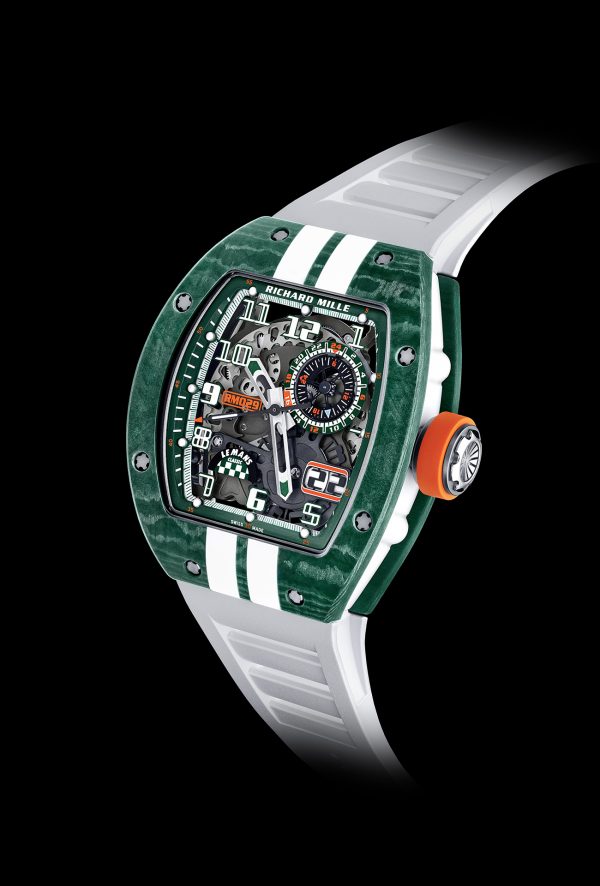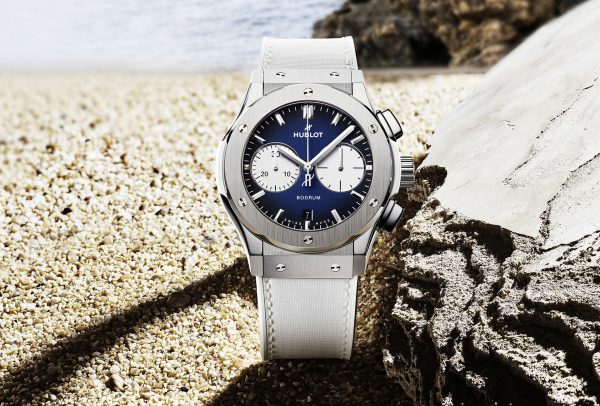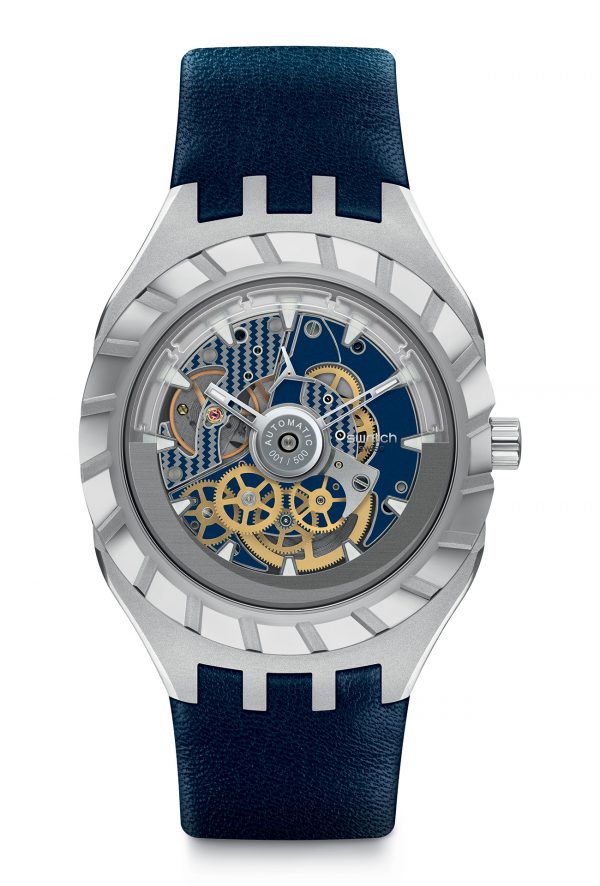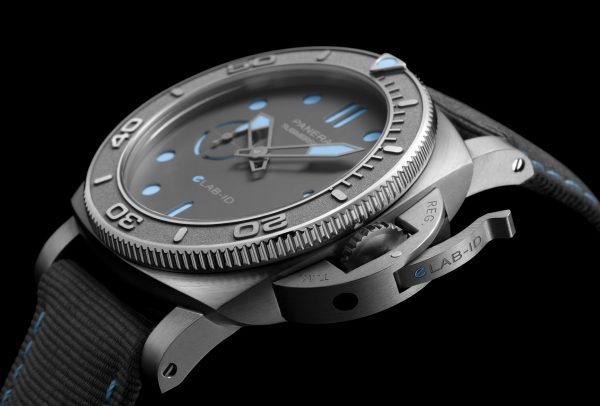While many of us were enjoying a break away from work or home office, a string of new watches were making their debut over the summer months. In this 220th year since the invention of the tourbillon, Breguet was first out of the starting blocks with the Type XXI 3815 chronograph in titanium. Next up, Hublot took the wraps off a “Mediterranean” collection that includes a Classic Fusion Chronograph Bodrum and a Classic Fusion Chronograph Capri, both cased in titanium with, respectively, bezels in titanium and ceramic. Girard-Perregaux introduced a new version of the Laureato, the Absolute Ti 230, to celebrate its 230th anniversary, while Richard Mille rolled out the RM 029 Automatic Winding Le Mans Classic in honour of the endurance race, which the brand has sponsored since 2002. The special green and white livery in Quartz TPT® is paired with the RMAS7 skeletonised movement in grade 5 titanium.

These summer releases have another common denominator: they all incorporate titanium. This silver-grey metal is used in components from the case to the movement, yet is rarely cited among the plethora of high-tech materials — ceramic, silicon, carbon in various forms, amorphous glass — that have propelled watchmaking into the twenty-first century, or the recent wave of sustainable materials such as polymers made from discarded fishing nets and PET or plant-based leathers. Does it lack the shine of newness? As far back as the 1970s, Citizen and Porsche Design were taking advantage of titanium’s remarkable properties. Discovered in rutile deposits in Cornwall, England, in 1791, it was named after the Titans of Greek mythology.

Living up to its namesakes, titanium is famed for its strength and specifically its strength-to-weight ratio, being as strong as steel but half as dense, with a higher melting point of 1,670°C. It displays excellent resistance to corrosion in natural and acid environments. Titanium offers good ductility and can be stretched to almost half its length before fracturing. Further advantages are that it is amagnetic and biocompatible. What’s more, titanium isn’t rare, being the ninth most abundant element and the fifth most abundant metal in Earth’s crust. Titanium’s properties predispose it for use in the medical sector for prostheses, in the military and in aerospace. In fact half the titanium used worldwide is for aircraft manufacturing. For example, an Airbus A380 contains 82 metric tons of titanium alloy or 9% of its weight.

The more widespread application of titanium in watchmaking is recent in comparison. Material scientists were onboarded into brands’ R&D divisions to develop materials that were resistant, lightweight, hypoallergenic, scratchproof, virtually inalterable and with an extremely low, almost zero, coefficient of friction. They would prove decisive to advances in reliability and robustness, as well as precision when used for movement components, in particular regulators. At the same time, brands such as IWC, Jaeger-LeCoultre, Hublot, Richard Mille and Rolex were considering the benefits that titanium could bring to the table. A turning point came when TAG Heuer arrived at the 1998 Baselworld fair with the Kirium Ti5. Mounted on a rubber strap and with a carbon fibre dial, its case in grade 5 titanium, an alloy of 90% titanium, 6% aluminium and 4% vanadium, was unusual for its polished finish (previously, grade 2 titanium had been used with an “orange peel” brushed finish).

From there, titanium began its migration from the outside to the inside of the watch. In 2013 Greubel Forsey released a Tourbillon 24 Secondes Contemporain with a titanium mainplate and titanium bridges. Better still, titanium would be the base of the Nivachron balance spring that was presented by Swatch Group in 2018 and developed in collaboration with Audemars Piguet. This new alloy offers important benefits of resistance to magnetic fields, temperature variations and shocks, and is easier to work with than silicon at lower production cost. Adventures in titanium continue in the form of alloys. IWC gave a brilliant demonstration with Ceratanium®. Already, in 1982, the Schaffhausen-based brand cased its Ocean 2000 dive watch, water-resistant to 200 metres, in titanium. This was followed, in 2017 after a five-year development process, by the first Ceratanium® case, on a special edition Aquatimer for the collection’s fiftieth anniversary. Just as Hublot, in collaboration with the Swiss Federal Institute of Technology in Lausanne (EPFL), combined gold and ceramic to make Magic Gold, IWC’s alloy of titanium and ceramic offers the best of both materials: the lightness of titanium, the scratch-resistance of ceramic. Once components have been milled, they are sintered (“baked”) in a furnace where a physical change takes place, transforming the surface into a layer of ceramic while the rest of the case is composed primarily of titanium.

As brands allocate more of their research budget to sustainable materials, will we start to see less of titanium? Not so sure, judging by recent developments. The case, sandwich dial and bridges of Panerai’s Submersible eLab-ID™ concept watch are in EcoTitanium™, a lightweight aerospace-grade recycled titanium alloy that comprises more than 80% recycled content. This is the first time Panerai has built a watch almost entirely from recycled materials, though not its first use of EcoTitanium™, previously seen on the case and bezel of the Submersible Mike Horn Edition – 47mm in 2019. A pioneer in the field, Panerai took the concept a step further with the eLab-ID™ and set up a short supply chain of companies ready to take up this challenge. A “titanic” solution for the future.




















